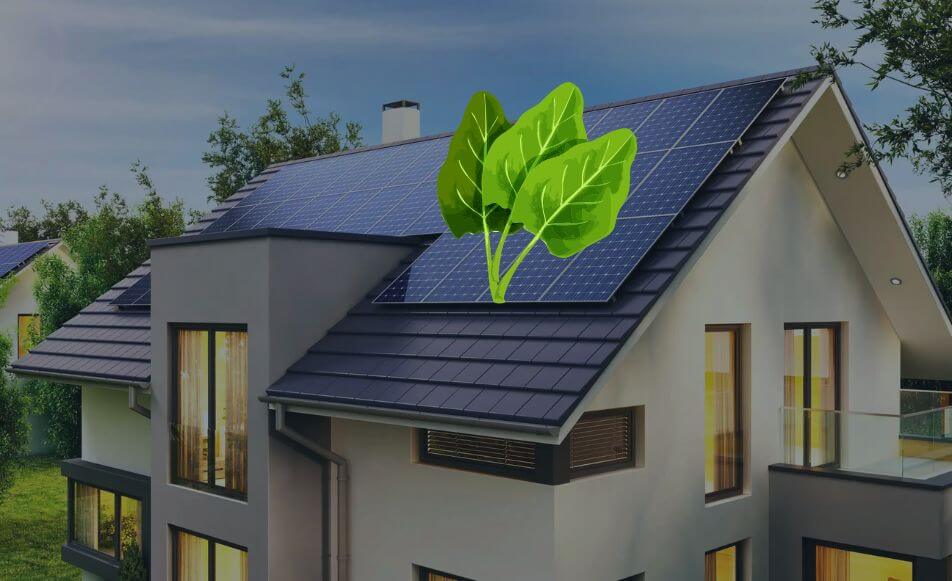environmentally
Energy for a sustainable and environmentally friendly society.
Maecenas finibus ligula vel pharetra scelerisque duis semper ex in erat mattis dapibus nunc sem eros dapibus quis faucibus eget vestibulum quis magna.
Save your money
Maecenas finibus ligula vel pharetra scelerisque duis semper ex in erat.
Certified Engineers
Maecenas finibus ligula vel pharetra scelerisque duis semper ex in erat.
Consultation & Planning
Maecenas finibus ligula vel pharetra scelerisque duis semper ex in erat.
Best Energy company and award
benefit from almost 20 years of experience.
How It work
Our company makes it easy for you to work on your project
Lorem ipsum dolor sit amet, consectetur adipiscing elit. Pellentesque sit amet iaculis diam.
find the best location
Lorem ipsum dolor sit amet consectetur adipiscing elit sit amet iaculis diam duis pretium eu.
estimate cost for the project
Lorem ipsum dolor sit amet consectetur adipiscing elit sit amet iaculis diam duis pretium eu.
Project Work Execution
Lorem ipsum dolor sit amet consectetur adipiscing elit sit amet iaculis diam duis pretium eu.
Launch prototype project
Lorem ipsum dolor sit amet consectetur adipiscing elit sit amet iaculis diam duis pretium eu.
What to Expect
Learn about the installation process
Get informed about the installation process for our solar panels.
1. Solar Engineer's Survey
In depth technical solar survey carried out by a professional solar qualified engineer.
2. Personalized Solar System
Detailed design and specification of the solar system suited to your needs.
2. Scaffolding installation planning
Scaffolding erected (if required) at a time and date agreeable with yourselves.
4. Installation & Construction
Installation (usually completed within 1-2 days) site permitting. All testing and commissioning. Monitoring platform built. Start generating electricity.
5. Scaffold Erection
Once you are happy with the installation the scaffolding will be arranged to be struck.
6. Paperwork handover
- MCS
- Electrical certificate
- Building control notification
- Insurance backed by 'HIES'
- DNO notification (if required)
Let's start project & Check Our price
Area’s Nearby Langford We Cover
Interesting Facts About Langford
History of Langford
The village is of Saxon origin, first mentioned in 944 AD and at one time it had one or more fording points across the river. The name is based on the words long ford from the length of the settlement. At the time of the Domesday Book 1086, the population was around 21. The parish church is St. Andrew’s, which is part of the Church of England. Before 1066 the lord of Langford was Lewin, a thane of Edward the Confessor. William the Conqueror granted the village to Walter le Fleming. In 1142 Walter’s descendant Simon de Wahull gave land to the Knights Templar, who established themselves as Lords of the Manor of Langford Rectory.
The entry in the Domesday Book reads: Langeford: Walter of Flanders. 2 mills.
Langford has been a settlement on the east bank of the river Ivel since Saxon times. It is a long straggling village which at one time had two or three fording points over the river, hence its name. The village now starts at the Baulk corner and it is nearly two miles to the Running Waters at the north end of the village.
General Info
The village is within the Bedfordshire and Cambridgeshire Claylands National Character Area (NCA 88) as defined by Natural England. Central Bedfordshire Council has classified the local landscape as Lower Ivel Clay Valley for the northern part of the village and parish and Upper Ivel Clay Valley for the southern part. Large, open arable fields dominate to the east of the village.
Henlow Common and Langford Meadows local nature reserve is beside the Ivel. Lakes formed from old sand and gravel quarries are to the south of the village.
Seven of the ten wind turbines commissioned in 2013 at Biggleswade Wind Farm are within the parish. Each tower is 65 metres (213 ft) tall with four 45 metres (148 ft) blades. To the southeast of the village is a solar farm commissioned in 2015. The two installations have electrical generating capacities of 20 MW and 13 MW respectively.


